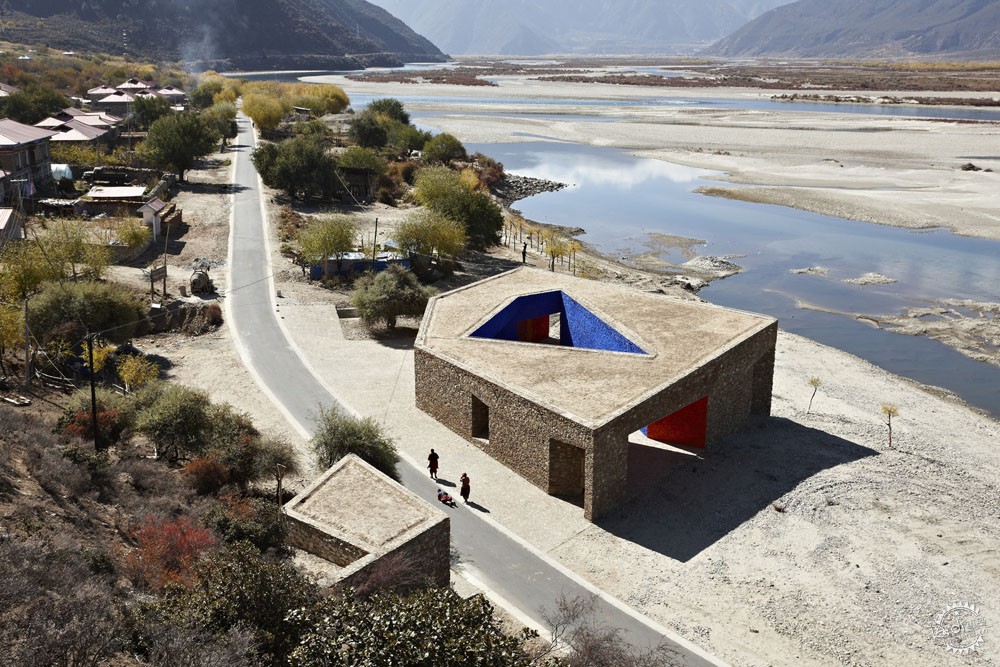
西藏尼洋河游客中心|Niyang River Visitor Centre / ZAO/standardarchitecture. Image © ZAO/standardarchitecture, Chen Su
张轲:如今是否有新革命?
Zhang Ke of ZAO/standard architecture: "Is a New Revolution Possible Today?"
由专筑网李韧,曹逸希编译
北京建筑师张轲在中国顶尖学府清华大学接受教育,后来于1998年毕业于哈佛大学GSD。前者让他了解了一些行业的技术走向,而后者让它开始质疑整个行业的基本要素,例如我们为什么要建设。张轲在波士顿和纽约工作了3年,后来于2001年回到北京,开始了自己的职业生涯。
张轲是中国新兴建筑师的代表,这类建筑师都有着海外背景,因此对于中国传统建筑方式与西方的区别有着明晰且个性的态度,他们希望在中国完成建造理念,同时又不需要对传统文化进行过多的干涉与改变。他们比西方顶尖建筑师务实得多。西方建筑师在美国和欧洲完成了一些标志性项目后,来到中国,扩大了他们的既定愿景,但他们并没有对当地文化和地域做太多调研。相比之下,中国建筑师的起步较晚,而他们也不想用国外的材料与技术来挑战当地的建筑工业,他们会不断地解决已出现的问题,从中获得乐趣。在这个过程中,这些年轻建筑师们都做出了自己的品牌,这与世界上的其他事物都有着很大的不同。在我与张轲的交流中,他谈到了国民生产,并且探讨了其成功之路,以及未来的发展。
Beijing-based architect Zhang Ke was educated first at China’s leading school, Tsinghua University, going on to later graduate from Harvard’s GSD in 1998. The former equipped him with technical know-how, while the latter encouraged him to question the essential elements of the profession, such as why we build. After working for three years in Boston and New York, Ke returned to Beijing to open his practice in 2001.
Ke represents a new generation of ambitious architects who spent some time abroad and now reexamine both traditional ways of building in China and western architects’ attitudes in their country. They are much more pragmatic than leading western architects who after building some of their signature projects in America and Europe went to China to scale up their established visions without much of an adjustment to local culture and place. In contrast, the Chinese architects start small and they stay away from challenging local building industry with foreign materials and techniques. They deal with what is possible. They actually found pleasure in it. In the process, these young architects developed their own identity unlike anything else in the world today. In my conversation with Zhang Ke at his Beijing office, he talked about his work in relation to the output of his countrymen and contemplated their quick success and what is next.
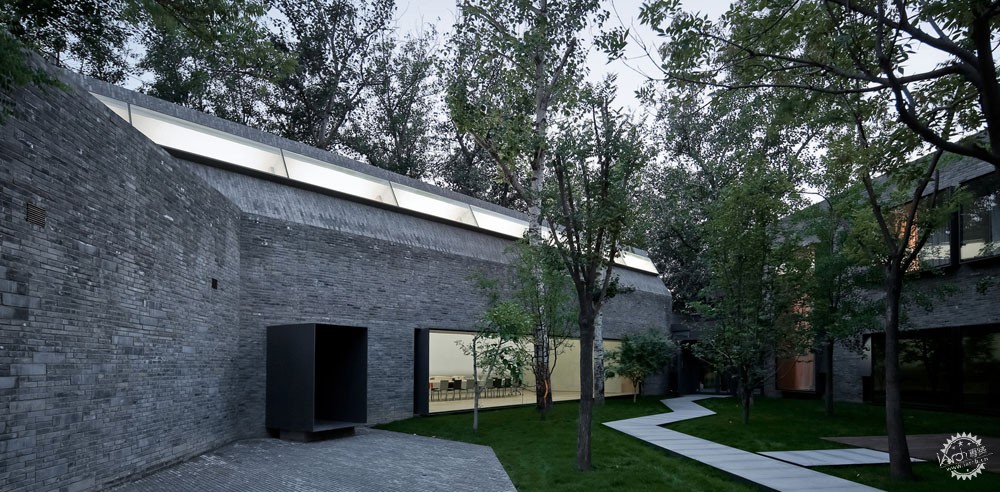
标准营造新办公室|ZAO standardarchitecture New Office. Image © ZAO/standardarchitecture, Su Shengliang

标准营造新办公室|ZAO standardarchitecture New Office. Image © ZAO/standardarchitecture, Wang Ziling

标准营造新办公室|ZAO standardarchitecture New Office. Image © ZAO/standardarchitecture, Wang Ziling
Vladimir Belogolovsky(下文成为VB):让我们从名字开始,ZAO/标准营造,你是怎么想到这几个字的?
张轲(下文成为“张”):ZAO代表的是Zhang Architectural Office。在中文中,“造”的意思是建造、制作。同时也是“标准营造”的最后一个字。
VB:在第二部分,“stadardarchitecture”都是用小写和首字母来书写。
张:这只是用一种不同的方式来表达,我们想强调这样一个事实,那便是我们的建筑一点都不标准。另外我想强调的是,我们自己的作品就是标准。在每个项目中,我们都会重新审查基本原则。换个说法就是,这里并没有标准,也不刻板,我们把两个词放在一起组成一个新词“standardarchitecture”。我们都很有雄心壮志,希望自己就是标准,亦或是其他项目、其他人的标准。
VB:我在你的网站上读到这篇文章:“标准营造的作品都很有视觉特性,但是这些建筑和景观都根植在一定的历史与文化背景中,并且具有一定的智能效应。”这是不是意味着,你对于每个项目都会提出特定的观点呢?
张:是的,试想一下,全世界每年要建造那么多座建筑,其中只有一小部分属于我们。但是我认为应该考虑的是,在当前时代,建筑的本质是什么?我们提出了这个问题,我们希望通过自己设计的建筑来鼓舞人心。
Vladimir Belogolovsky: Let me start with the name of your practice, ZAO/standardarchitecture. Could you say a few words about it?
Zhang Ke: ZAO stands for Zhang Architectural Office. And in Chinese "zao" means to build, to make, to put things together. It is also the last character of “标 (Biao) 准 (Zhun) 营 (Ying) 造 (Zao)”, the Chinese translation of standardarchitecture.
VB: And the second part, stadardarchitecture is all written in lowercase letters and in one word.
ZK: Just by writing it in such an unusual way we wanted to underline the fact that our architecture is not standard at all. And the other thing I wanted to emphasize was that it is our own work that becomes the standard for us. With every project, we revisit the fundamentals. In other words, there are no standards, no stereotypes. We put together two words to create a new one – standardarchitecture. We are very ambitious, we want to be the standard ourselves, for ourselves, and, hopefully, for others as well, every time, with every project.
VB: I read this on your website: “Although standardarchitecture’s built works often take exceptionally provocative visual results, their buildings and landscapes are always rooted in the historic and cultural settings with a degree of intellectual debate.” Does this mean that with every project you tend to make a particular point?
ZK: Definitely. Just think about it – every year millions of buildings are built all over the world. We could just build our share of so many of these expedient things. But I think it is important to inquire this: what is the essence of building in our time? We raise questions. We try to provoke and inspire people with our architecture.

标准营造新办公室|ZAO standardarchitecture New Office. Image © ZAO/standardarchitecture, Su Shengliang
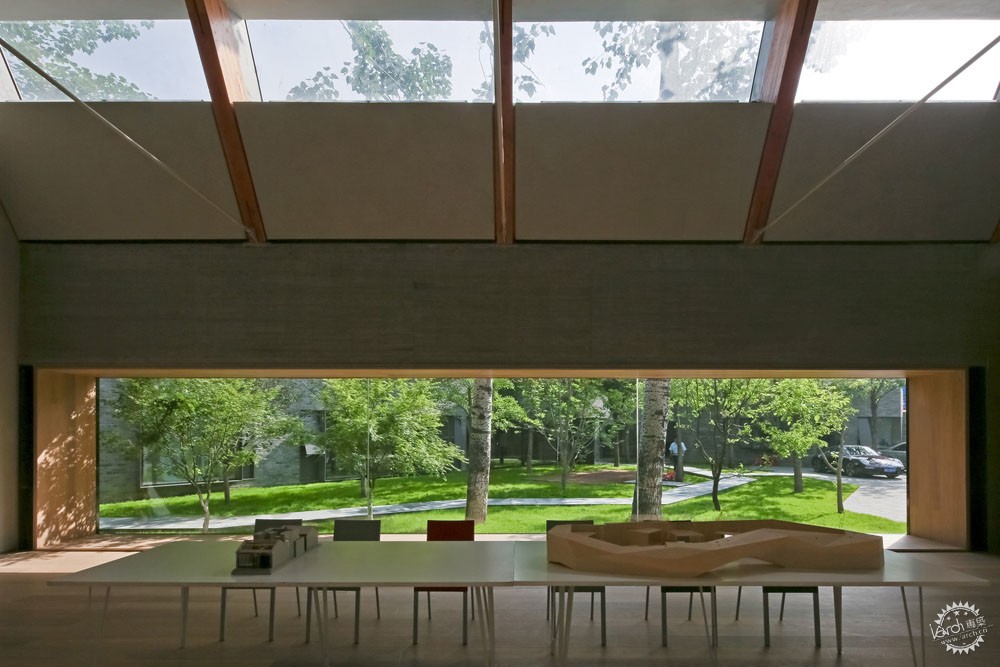
标准营造新办公室|ZAO standardarchitecture New Office. Image © ZAO/standardarchitecture, Su Shengliang
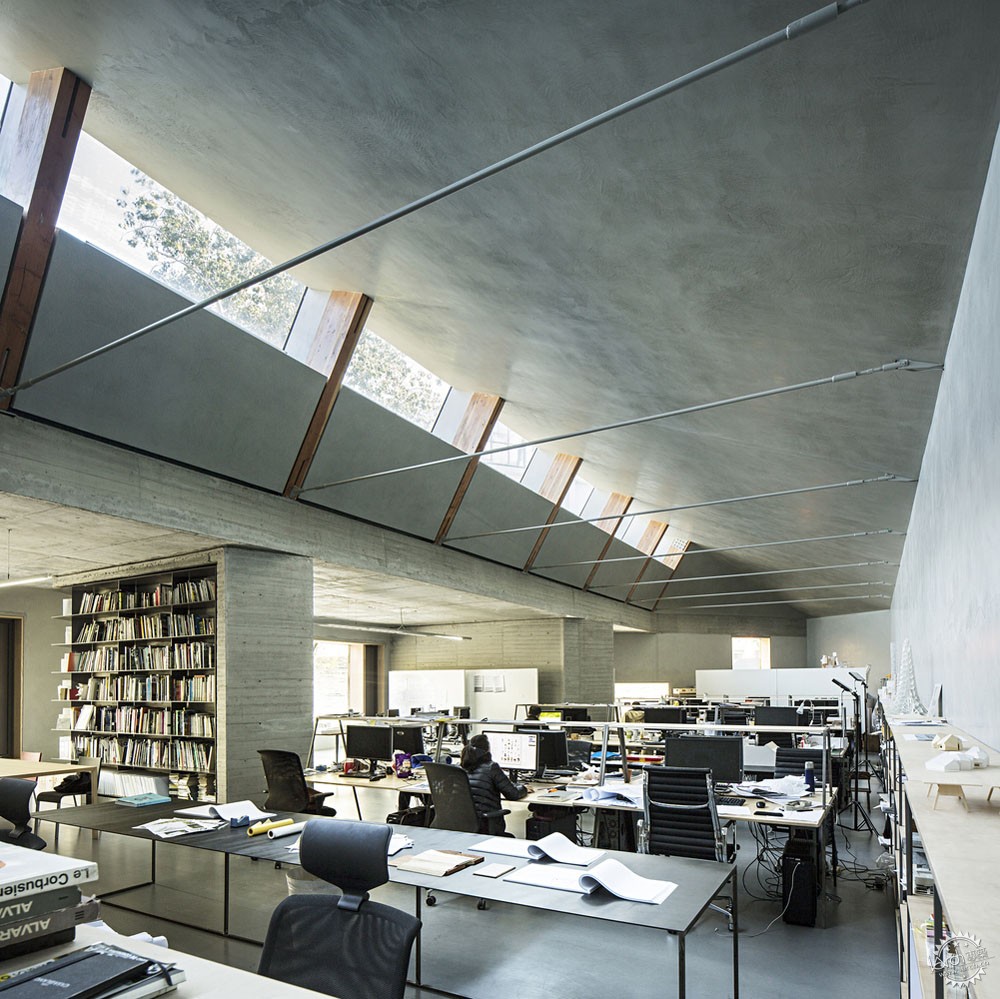
标准营造新办公室|ZAO standardarchitecture New Office. Image © ZAO/standardarchitecture, Wang Ziling
VB:鼓励与激发,这就是你作品的使命是吗?
张:是的。举例来说,我们所提出的一个问题是对于遗产的态度。那么我们如何解释历史?对我们而言,重要的是提出明晰的当代解决策略。每个解决方案都必须来源于我们自身。这么多建筑师都进行了抄袭,但是我们认为,建筑不能抄袭,而是需要思考。我们是否能够深入了解我们的根源,并将其与我们自己的当代文化重新联系起来呢?
VB:你的作品吸引人的地方在于二者兼顾,既意味着历史,又具有现代性,而且这种感觉不是被动发生,而是活跃存在的。
张:我认为这项工作应该具有积极性和吸引力。但是问题是,这背后有什么内涵吗?我希望让作品的视觉感官更加深刻,我也很感兴趣创造感官品质,因此我也想试试超越视觉影像。建筑应该足够智能,我们应该提问的是,我们该如何将建筑与场所联系在一起?我们该如何解决当地社区和人类的问题?在解决历史问题时,是否能有创新、创意的方式?我觉得这些都有可能。我们需要历史、功能、材料、空间的叠加,在其中我们会发现更多可能性。这也是建筑的意义,即发现、诠释、创造更多可能性。
VB:在几年之前,你在柏林举办了一次展览,标题为“关注于基本点”,这个展览的主要理念是什么呢?你为什么会选择这个标题?
张:在其中我们展示了几个项目,这些项目中,我们都结合了生活与工作模式。我们思考了未来的可能。我认为,每一名新一代的建筑师都需要重新构思这些关于建筑的基本问题,那就是我们为什么而建造?当然,人类需要住宅、办公室、文化场所、基础设施。但是除此之外,我们又怎么标记时间?通过这些基本问题,我们会得到一些不同的结果和建筑体系。包豪斯建筑就是一场反对历史风格的伟大革命。建筑师需要创造一个彻底的转变来呼应机器技术时代的变革。那么如今是否有新革命呢?
VB: That’s how you see the mission of your practice – to provoke and inspire, right?
ZK: Of course! For example, one of the questions that we raise is about our attitude toward heritage. What is our interpretation of history? For us, it is important to come up with an unambiguously contemporary solution. And each time the solution must be our own. So many architects copy what they have seen published. But for us, architecture is not about copying, it is about thinking. Can we look into our roots and reconnect them to our own contemporary culture?
VB: What I find very attractive in your work is that there is both – there is this connection to the roots, meaning history, and there is this striking contemporaneity that is not passive but very active.
ZK: I think the work should be active and it may be striking. But my question is this – is there anything behind it? I try to push this first impression further. I am interested in achieving sensual qualities. So I am interested in going beyond the visual effects. Architecture should be intelligent and we should ask such questions as – how can we relate to the place where we build? How can we address the local community and all people that will use our buildings? Is it possible to be innovative and inventive, and yet, respective of history when dealing with historical buildings? I say – all of these are possible. We need overlaps of histories, programs, materials, spaces; this is where we will discover many new possibilities. This is what architecture is about – discovering, reinterpreting, and inventing new possibilities.
VB: A couple of years ago you had an exhibition at Aedes in Berlin called “Contemplating with the Basics.” What was the main idea for that show and why did you choose such a basic title?
ZK: We exhibited several of our projects there, in which we combined living and working models. We contemplated what is possible. I think that every new generation of architects needs to revisit this very basic question about architecture – why we build? Of course, we need housing, offices, cultural buildings, infrastructure. But beyond that, how do we mark our time? By asking these fundamental questions we will achieve different results and enrich architecture. Bauhaus architecture was a great revolution against historical styles. Architects then needed to create a radical shift to reflect on the revolution in their own technological age of the machine. Is a new revolution possible today?
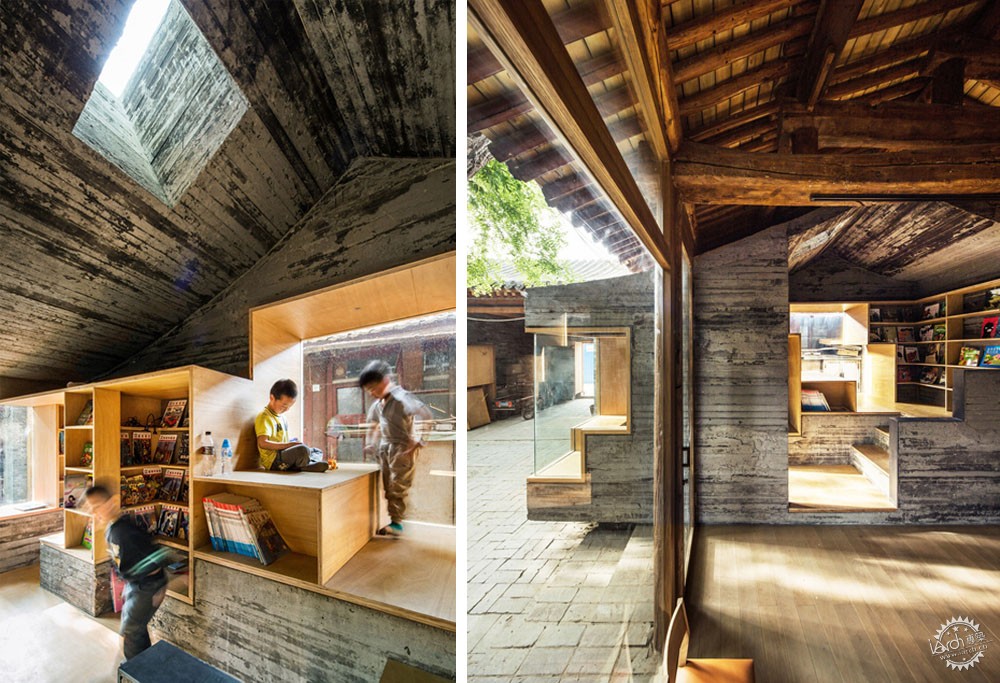
“微杂院”儿童图书馆及艺术中心|Micro Yuan'er Children's Library and Art Centre / ZAO/standardarchitecture. Image © ZAO/standardarchitecture, Wang Ziling
VB:你曾经说过,在哈佛学习的时候,你学得最多的就是质疑别人所告诉你的一切,然后寻找自己的解决方法。你能就此谈一下吗?
张:这是指我们总是有意识地做一些事,以及它们是否和我们的时间相关。我们过去被告知要做许多事情,但是现在我更感兴趣的是我的伙伴们正在做的事。在去哈佛GSD之前,我在清华学习了8年。当时没有信息交换,我们只能被动地了解该做什么,不该做什么,我们没有地方鉴定真假,必须无条件地相信老师。
GSD就不一样了,当然我们也必须相信一些条条框框,但是都是有理由的。我现在会告诉GSD的学生们,他们不应该接受任何送到嘴边的事情。最重要的是,要去质疑每个问题且找到自己的位置。
VB: You said that while studying at Harvard what you learned most is to doubt everything you are told and look for your own ways and solutions. Could you talk about that?
ZK: What this refers to is about being always subconscious of what we do and whether it is relative to our time. We were taught about what was done in the past, but now I am much more interested in what my contemporaries are doing. I studied for eight years at Tsinghua before GSD. There was little information exchange at the time and we were always told what is right and what is not. There was no place for questioning. We had to believe our professors.
GSD was different. Of course, we also had to believe quite a few dogmas but we were given reasons for believing in them. What I tell my students at GSD now is that they should never accept anything they are told. The most important thing is to question everything and develop a position.
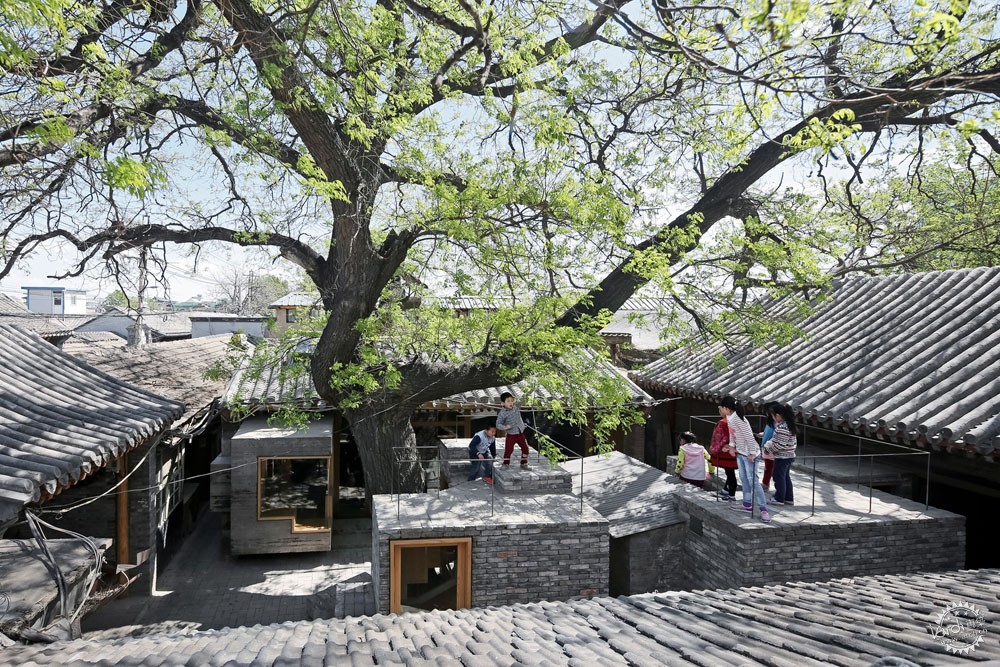
“微杂院”儿童图书馆及艺术中心|Micro Yuan'er Children's Library and Art Centre / ZAO/standardarchitecture. Image © ZAO/standardarchitecture, Su Shengliang
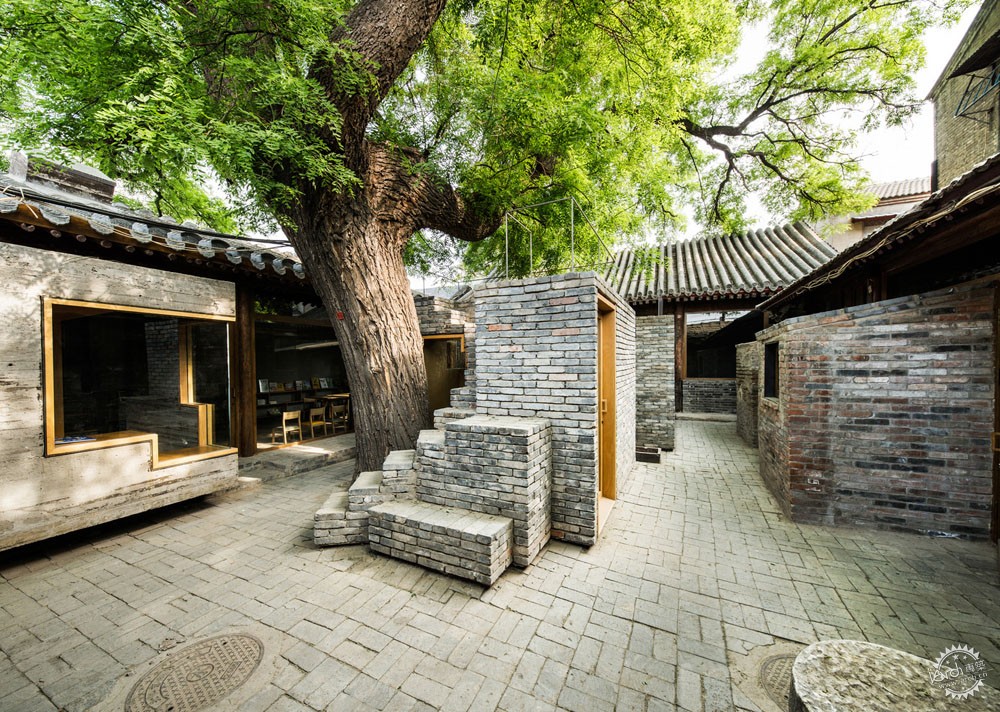
“微杂院”儿童图书馆及艺术中心|Micro Yuan'er Children's Library and Art Centre / ZAO/standardarchitecture. Image © ZAO/standardarchitecture, Wang Ziling
VB:在你刚开始工作时,你说过“当我回国时,我十分叛逆,并且感觉当时的建筑师都缺乏使命感。我热情地展示好项目中的成功要素,我拒绝模仿欧美、日本的风格。我想要创造中国的原始风格。”你能谈谈你在建筑中的使命吗?
张:我真的说过中国原始风格这种话吗?我不相信我用了风格这个词,因为这看起来太过固定。我一般用个性。在任何情况下,有许多谈论建筑的方法,但是我的方式是完成一个项目,然后展示所作的内容。在清华大学接受教育的好处就在于,在谈论某件事情之前,我们会了解到其中的重要意义。我们要通过实践来证明自己是否正确,而不只是单纯地用言语(笑)。在我刚回国的时候确实有些叛逆,我有些生气的是,我们的建筑文化有些肤浅,因为太多人在抄袭,原有的历史正在逐渐消失。我想要找回属于自己的东西,那么该如何表达我的想法?如何保留已经失去的东西?建筑是一场斗争,我在挣扎,但是我认为我的做法是对的。
VB:那么你认为可以通过奋斗来建立自身体系吗?大多数建筑师在开发自己的自身体系时,总是首先通过一个项目,然后不断地重复试验,最终也许成功,你不认为这种方式可取吗?职业生涯也是来源于第一个项目,不是吗?
张:是的,你可以马上确定你的方向,从一开始你就能选择焦点。但是任何事情都不容易,也不易预测。尤其在中国,发展太快了。
VB:那么你担心你的建筑太过局限吗?
张:有的,就如同Kenneth Frampton、 Alexander Tzonis等历史学家们就会认为,批判性地域主义并不是一种风格,也不是个人风格。我相信建筑学是地域性实践,我也相信建筑能够反映场所。
VB:去年威尼斯建筑双年展的中国馆就是一个启示。中国正在设计自己的建筑。在其他国家正在进步的同时,中国也在进步。坦率来讲,这些作品也许缺乏冒险精神,但是它比明星建筑师的作品更具吸引力,那些明星建筑师的作品也许不适合中国国情现状。
张:是的,那么多中国建筑师的作品也正在追逐潮流。我们能识别出哪些是当地精神,并且如何表达它。
VB: About the time when you just started your practice you said, “When I returned home, I was quite rebellious and felt that architects at that time were lacking a sense of mission. I was enthusiastic to show myself succeeding in a fine project. I was highly self-conscious and refused to imitate architectural styles in Europe, the US, or Japan. I was thinking of creating China’s original style.” Could you talk about your mission in architecture?
ZK: Did I really say China’s original style? I don’t think I used the word style, which is something fixed. I would use the word character. In any case, there are many ways to talk about architecture but my way is to do a project and show what can be done. What was good about our education at Tsinghua is that we were taught of the importance of doing something before talking about it. We had to prove whether we were right or wrong by doing, not by talking. [Laughs.] But it is true when I just returned I was very rebellious. I had a lot of anger. I was angry about the superficiality of our culture of architecture. There was so much copying and imitating, while a whole layer of the original, historical layer was being erased. I wanted to find something of my own. How to express my ideas? How to preserve what was being erased? Architecture is a struggle. I am struggling but I think I am on the right way.
VB: You really think that you can establish yourself through many years of struggle? Don’t you think that most architects find their way with their very first project and then go back to it again and again, perhaps developing and improving? But careers are made on the success of the first project. Disagree?
ZK: Sure, you define your direction right away. You choose your focus in the very beginning. But nothing is easy or predictable. And here in China, everything is changing so fast.
VB: Are you concerned with your architecture being recognized as regional?
ZK: Well, it is obvious. Such historians as Kenneth Frampton and Alexander Tzonis would say that critical regionalism is not a style, not an individual style. I believe in architecture as local practice. I believe in architecture that reflects its place.
VB: The Chinese Pavilion at last year’s Venice Biennale was a revelation for so many people. China is now producing its own architecture. While other countries discuss and speculate, China builds. And frankly, the work may lack risk-taking, but it is much more relevant and compelling than projects brought here by starchitects whose buildings are grossly out of place.
ZK: Yet, the work of so many Chinese architects is becoming very trendy. We have become very playful with identifying what is local and how to articulate it.
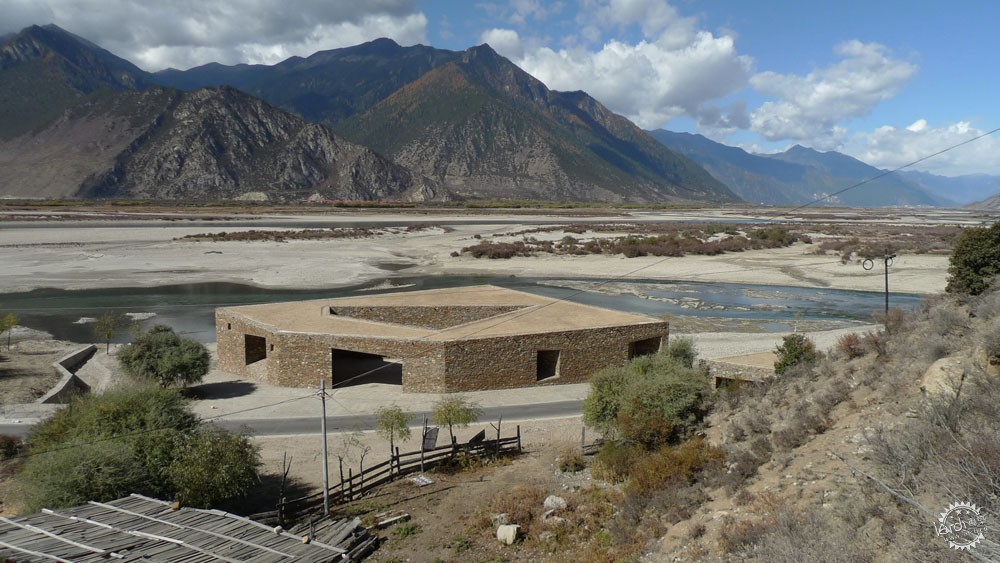
西藏尼洋河游客中心|Niyang River Visitor Centre / ZAO/standardarchitecture. Image © ZAO/standardarchitecture, ZAO
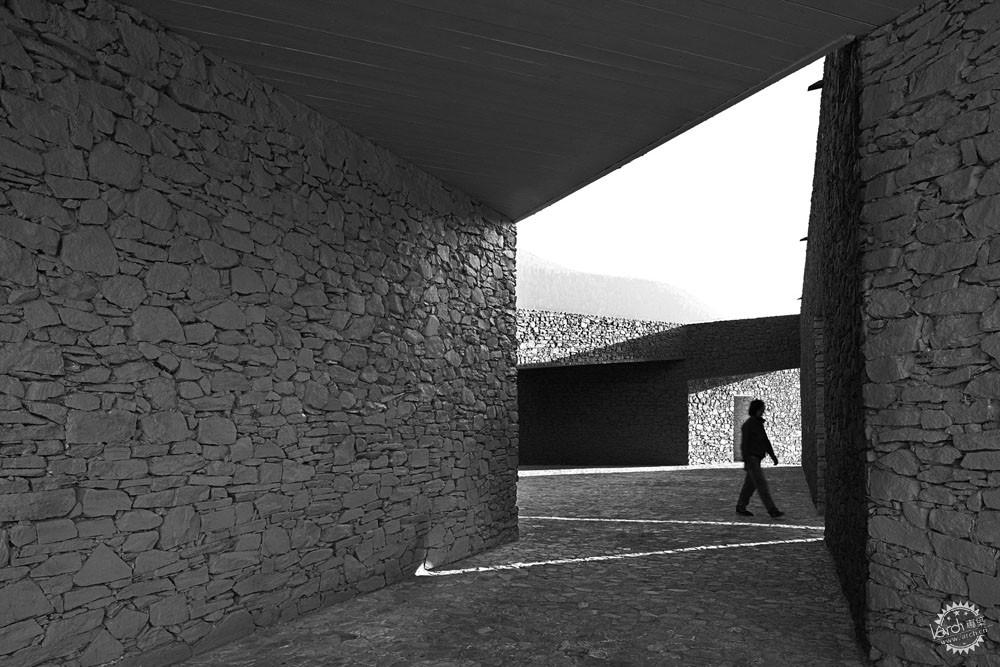
西藏尼洋河游客中心|Niyang River Visitor Centre / ZAO/standardarchitecture. Image © ZAO/standardarchitecture, Chen Su
VB:这对于历史连续性有着强烈的关注。但是作为作品的连续性,从建筑观点和哲学探究的角度来讲,时代的连续性又怎么样呢?诸如彼得·艾森曼这样的建筑大师都会脱离时代,他们同样会变得不那么重要。建筑会简化,它只是在你面前的一些小东西,例如石头、砖块、木材等等。材料只是建筑的一个方面而已,那它背后又是什么呢?
张:我同意你的看法。这些建筑师的作品十分强大,但是背后并不存在严密的逻辑。
VB:你认为是否能够继续重塑自身?
张:我想继续努力。我拒绝某些固化思维。我觉得新事物不断地出现,这会改变我的作品。这就是我的观点。
VB:你曾经说过,你的使命不仅仅是美化空间,那么还有哪些呢?
张:建筑有自己的精神力量。没有人会否认这一点,无论大小,它都存在。它可能创造出精神上的强大作品,从而传递非常特殊的能量。这就是建筑的本质,同时也是传递给下一代的内容。建筑美学在于能够打动人。
VB:你会用什么词来解释你的建筑?
张:精神。我是否能达到那种境界?我希望能够做到精妙的情感空间,在这里可以有多重解读方式。
VB: There is a strong concern for historical continuity. But what about generational continuity, building upon what was achieved in terms of philosophical inquiries and the idea of architecture as an autonomous project? Architects such as Peter Eisenman and some other intellectuals are brushed away; they have become irrelevant. Architecture is being dumbed down and it is pretty much about what is in front of you – building with stone, brick, wood, and so on. Material is just one aspect of architecture, but what is behind it?
ZK: I have to agree with you. The work of these architects is strong but there is no intellectual rigor behind it.
VB: You think you can continue reinventing yourself formally?
ZK: I want to keep trying. I refuse to acknowledge that something is settled or frozen. I feel something new is emerging and will transform my work. That is my standpoint.
VB: You said that your mission is not simply about beautifying spaces. How do you see your mission?
ZK: Architecture has its own spiritual power. No one can deny it, no matter what is the size. It is possible to create architecture that spiritually powerful, that transmits a very special energy. That’s the essence of architecture. This is what will be communicated to many generations to come. The beauty of architecture is that it can touch so many people.
VB: What single words would you use to describe your architecture?
ZK: Spirituality. Will I get there? I strive to achieve subtle, emotional spaces that can have multiple readings.
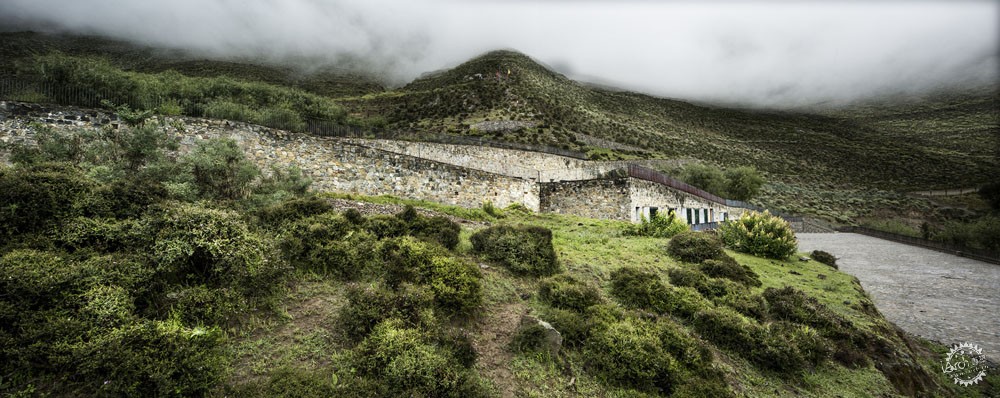
西藏娘欧码头|Niang'ou Boat Terminal / ZAO/standardarchitecture. Image © ZAO/standardarchitecture, Wang Ziling
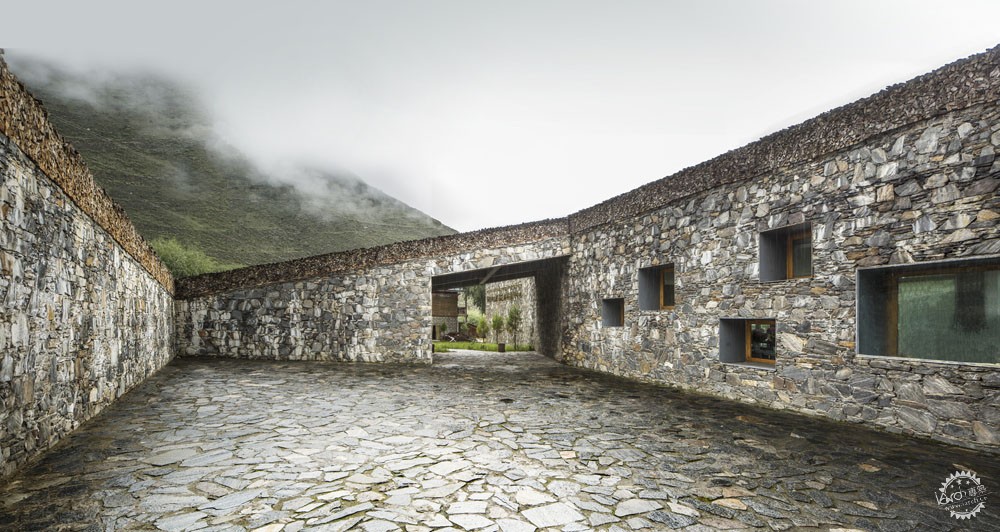
西藏娘欧码头|Niang'ou Boat Terminal / ZAO/standardarchitecture. Image © ZAO/standardarchitecture, Wang Ziling
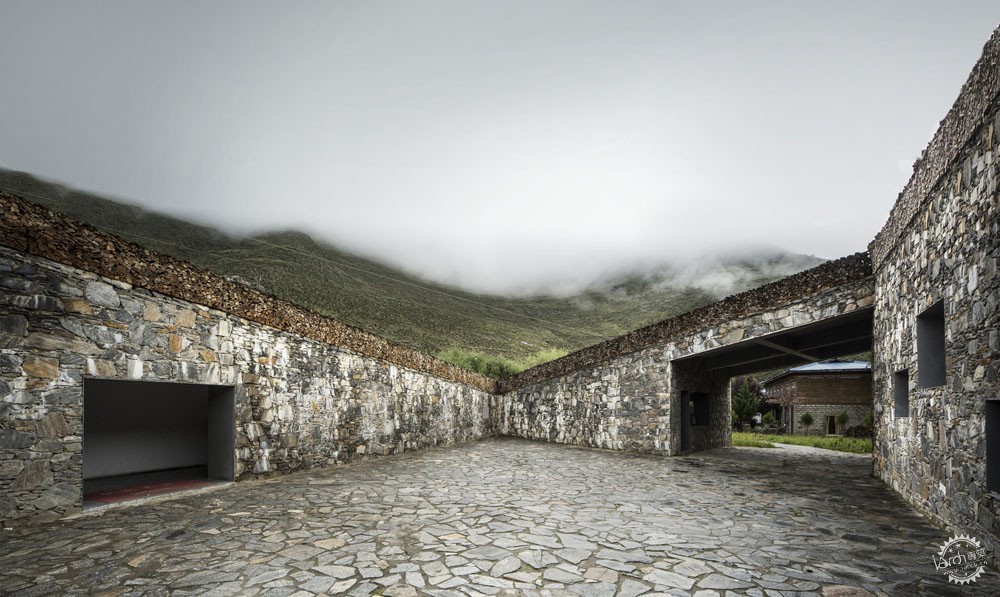
西藏娘欧码头|Niang'ou Boat Terminal / ZAO/standardarchitecture. Image © ZAO/standardarchitecture, Wang Ziling
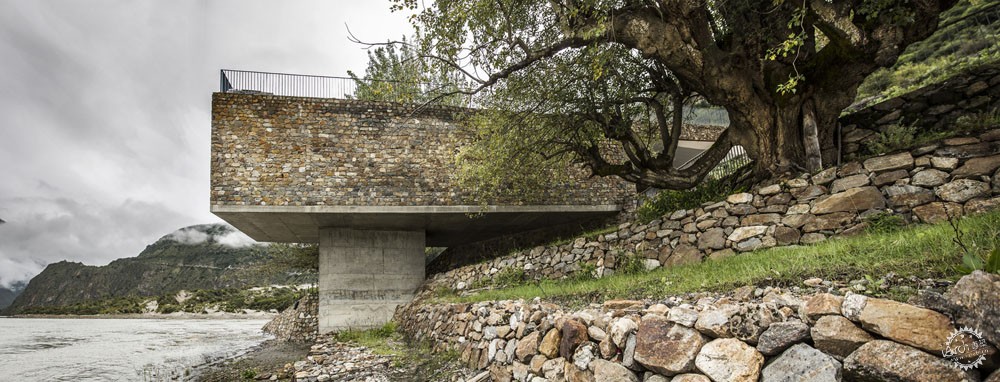
© ZAO/standardarchitecture, Wang Ziling
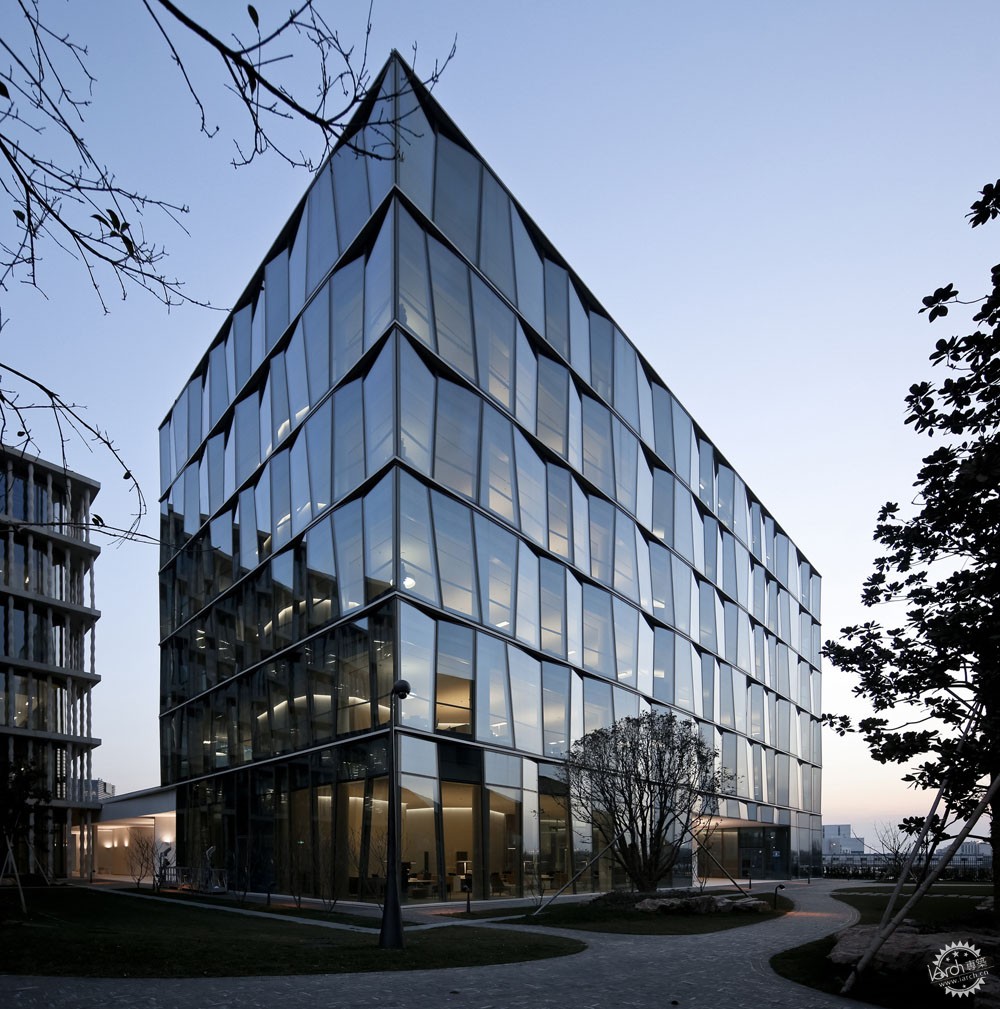
诺华上海园区5号楼|Novartis Shanghai Campus Building / ZAO/standardarchitecture. Image © ZAO/standardarchitecture, Su Shengliang
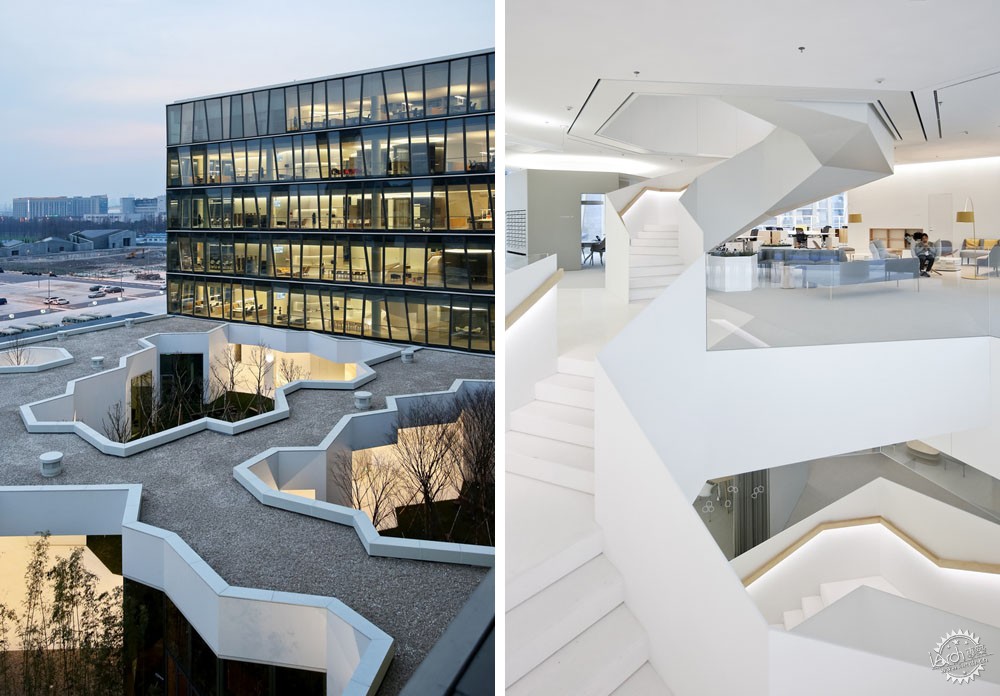
诺华上海园区5号楼|Novartis Shanghai Campus Building / ZAO/standardarchitecture. Image © ZAO/standardarchitecture, Su Shengliang
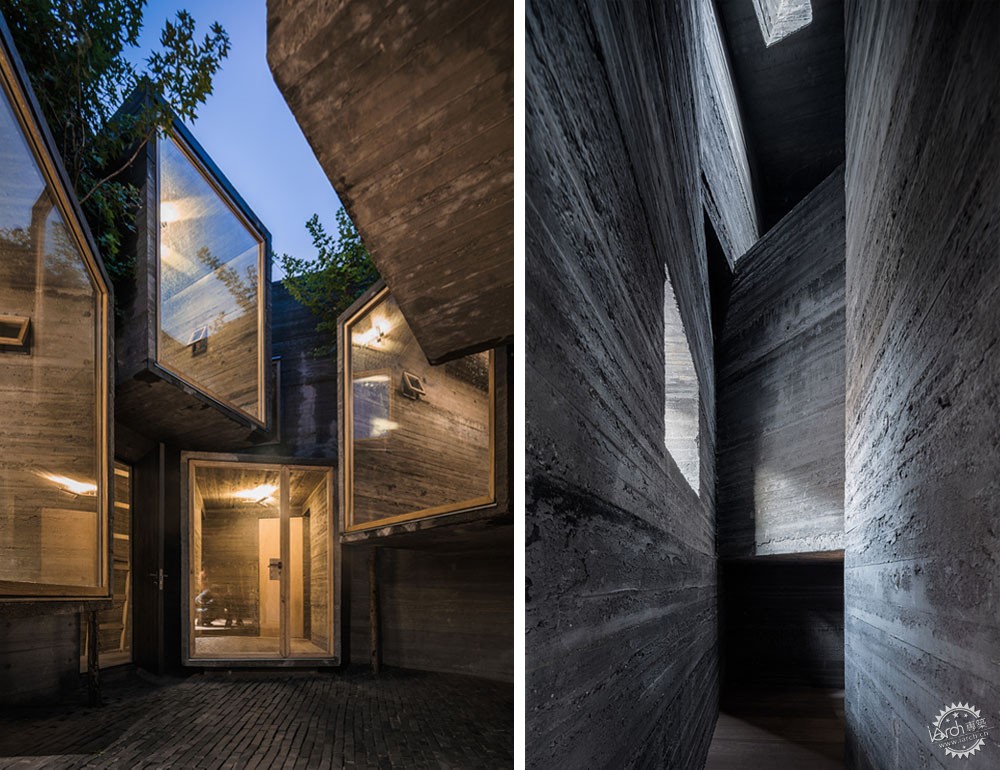
微胡同|Micro Hutong / ZAO/standardarchitecture. Image © ZAO/standardarchitecture, Wu Qingshan
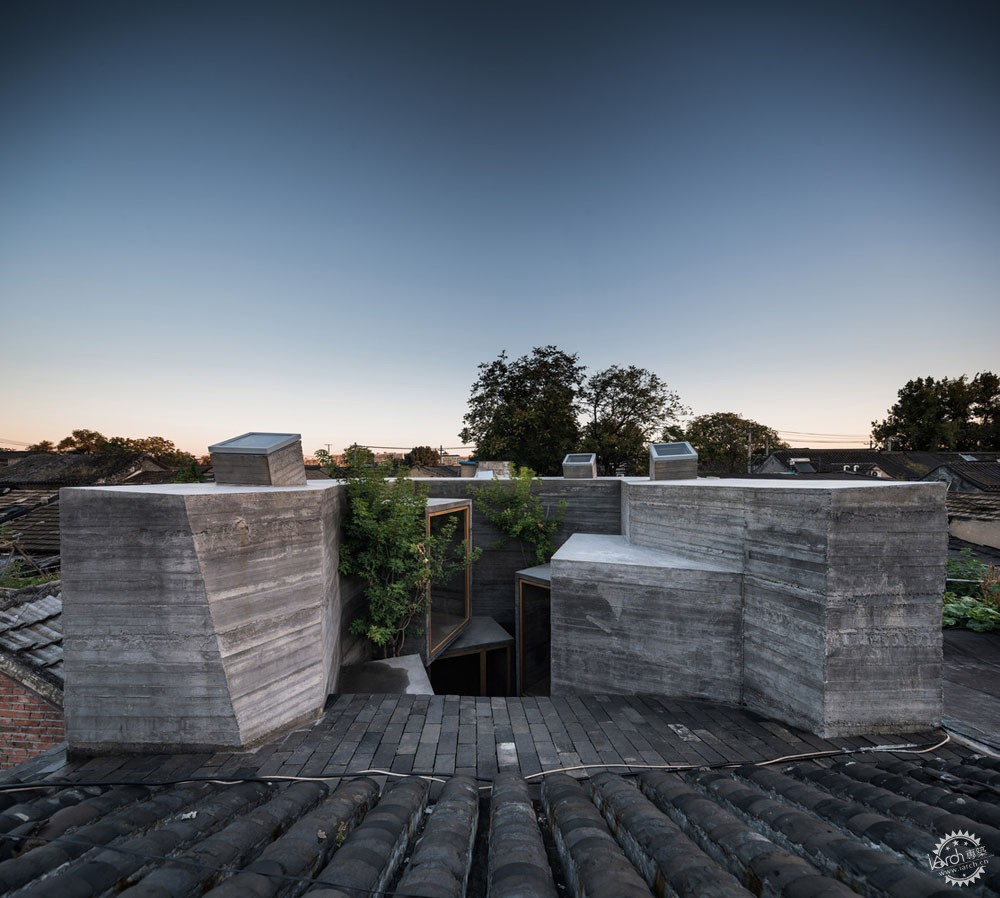
微胡同|Micro Hutong / ZAO/standardarchitecture. Image © ZAO/standardarchitecture, Wu Qingshan
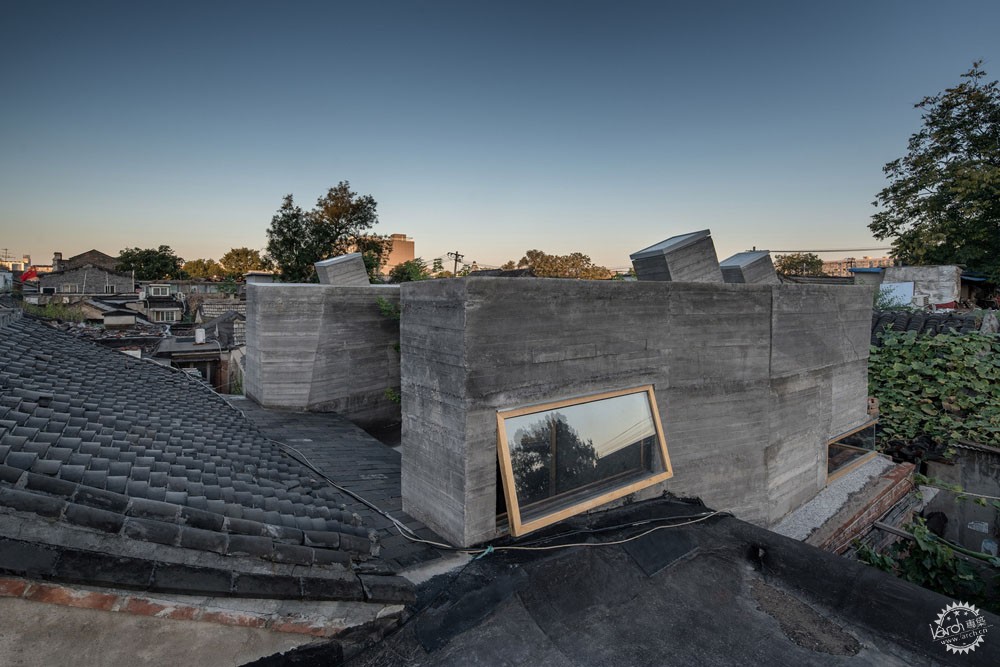
微胡同|Micro Hutong / ZAO/standardarchitecture. Image © ZAO/standardarchitecture, Wu Qingshan
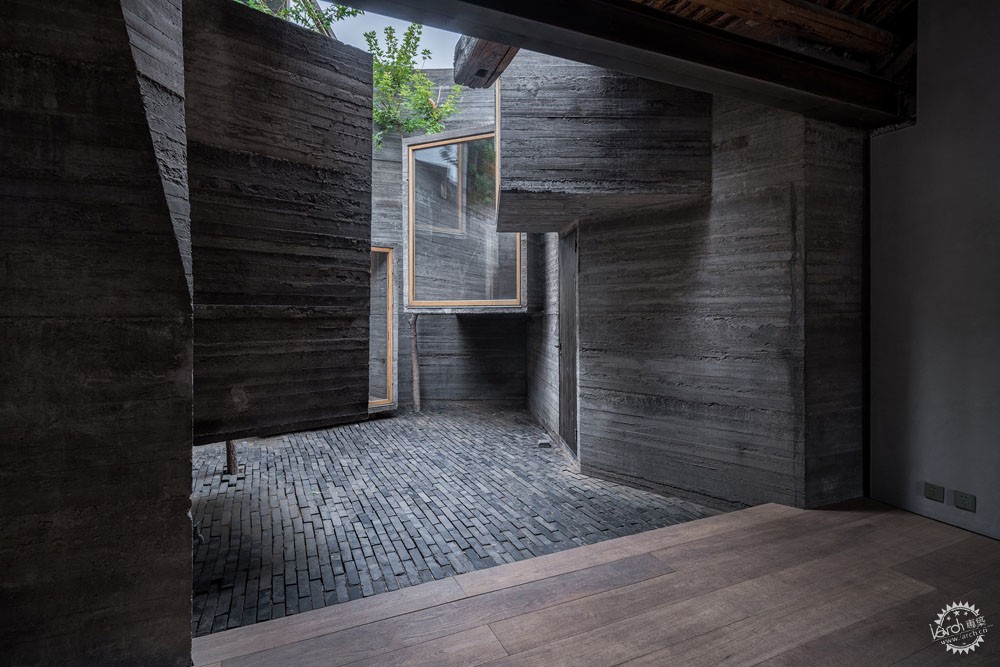
微胡同|Micro Hutong / ZAO/standardarchitecture. Image © ZAO/standardarchitecture, Wu Qingshan

杭州肖峰艺术馆|Xiao Feng Art Museum / ZAO/standardarchitecture. Image © ZAO/standardarchitecture, ZAO
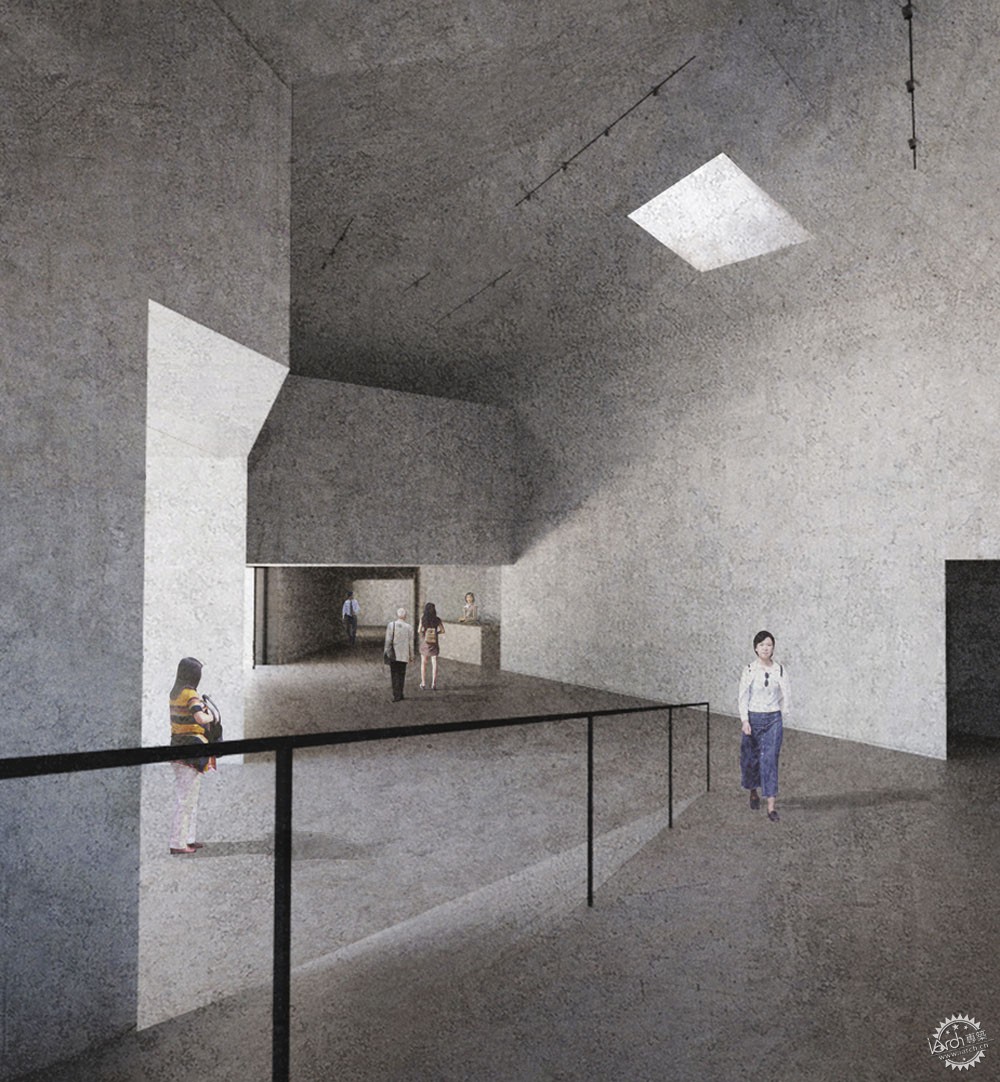
杭州肖峰艺术馆|Xiao Feng Art Museum / ZAO/standardarchitecture. Image © ZAO/standardarchitecture, ZAO

雅鲁藏布江小码头|Yarluntzangbu Boat Terminal / ZAO/standardarchitecture. Image © ZAO/standardarchitecture, Chen Su

雅鲁藏布江小码头|Yarluntzangbu Boat Terminal / ZAO/standardarchitecture. Image © ZAO/standardarchitecture, Chen Su
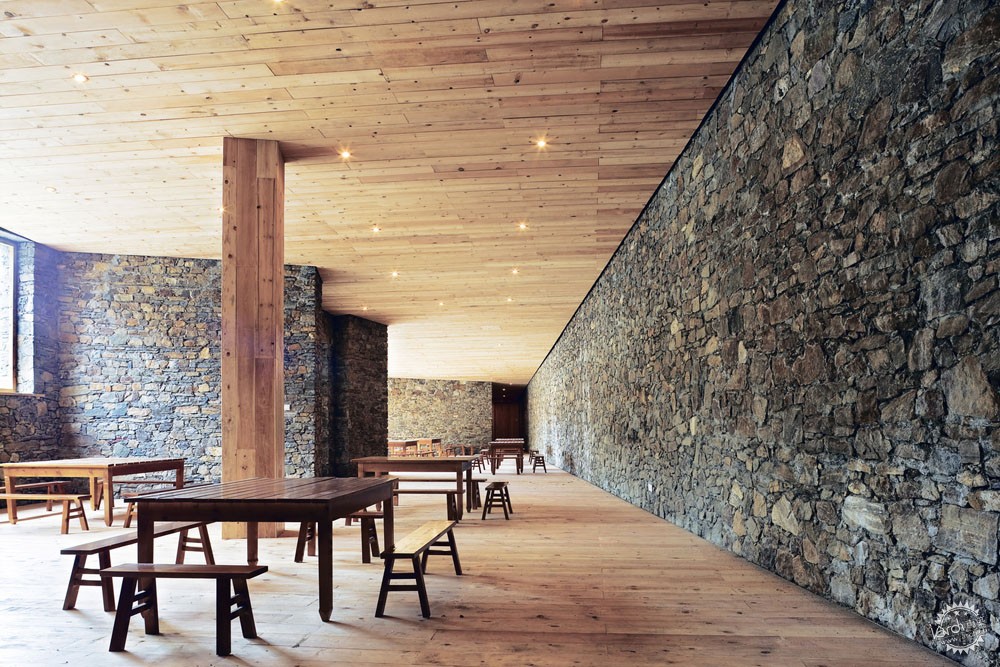
雅鲁藏布江小码头|Yarluntzangbu Boat Terminal / ZAO/standardarchitecture. Image © ZAO/standardarchitecture, Chen Su

南迦巴瓦接待站|Namchabawa Visitor Centre / ZAO/standardarchitecture. Image © ZAO/standardarchitecture, Chen Su
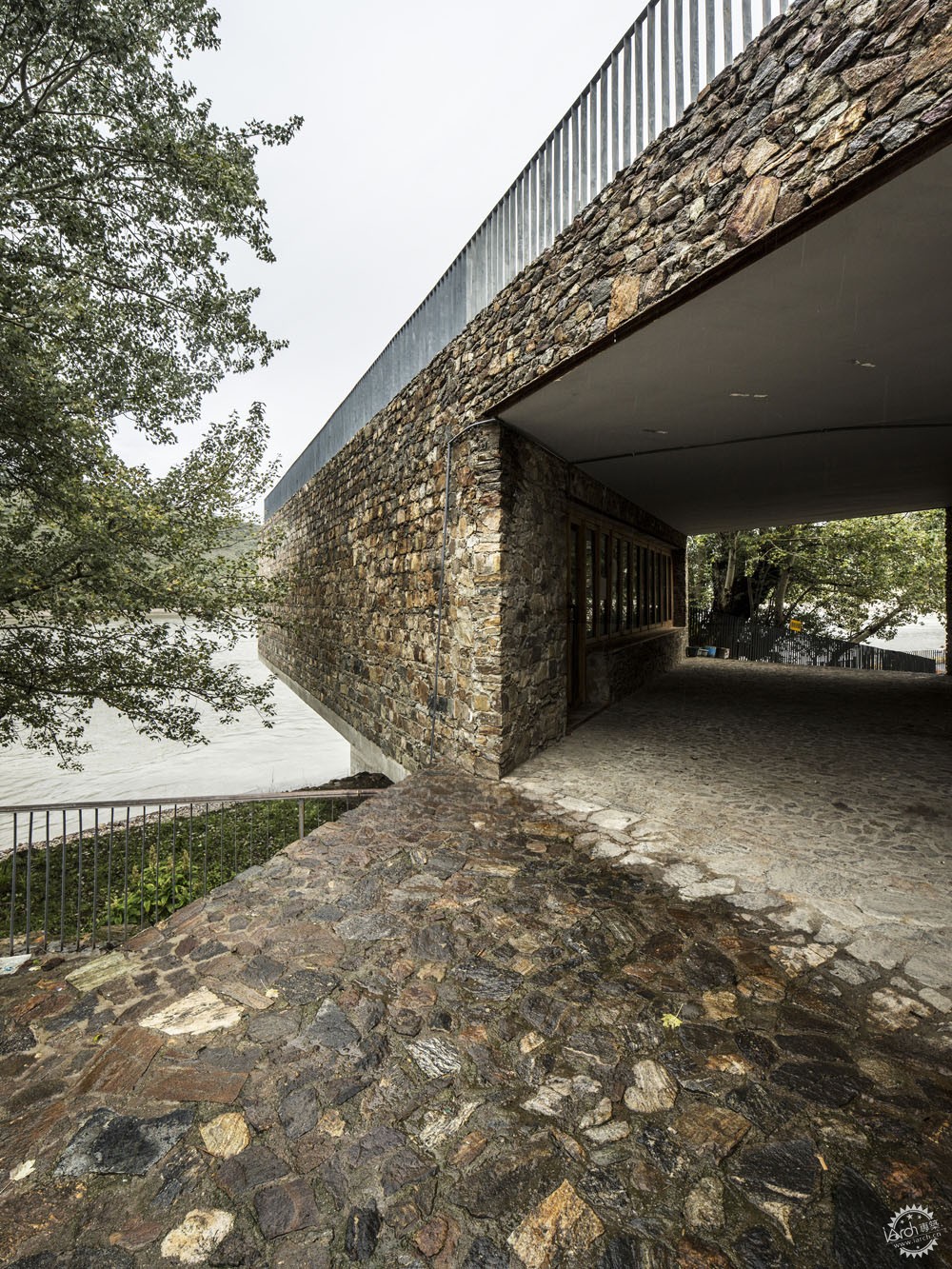
© ZAO/standardarchitecture, Wang Ziling
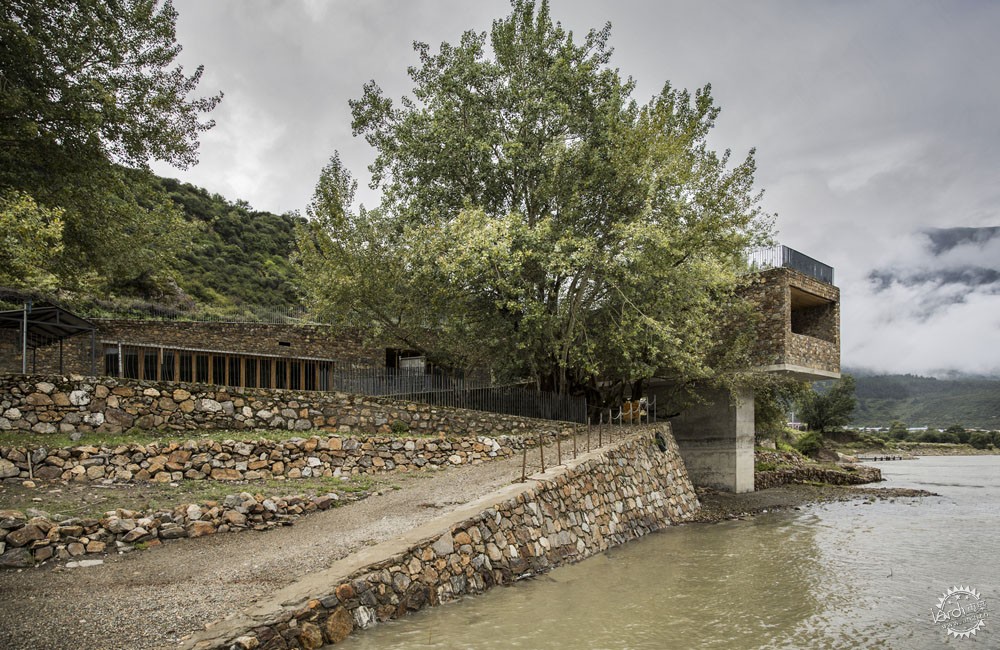
© ZAO/standardarchitecture, Wang Ziling
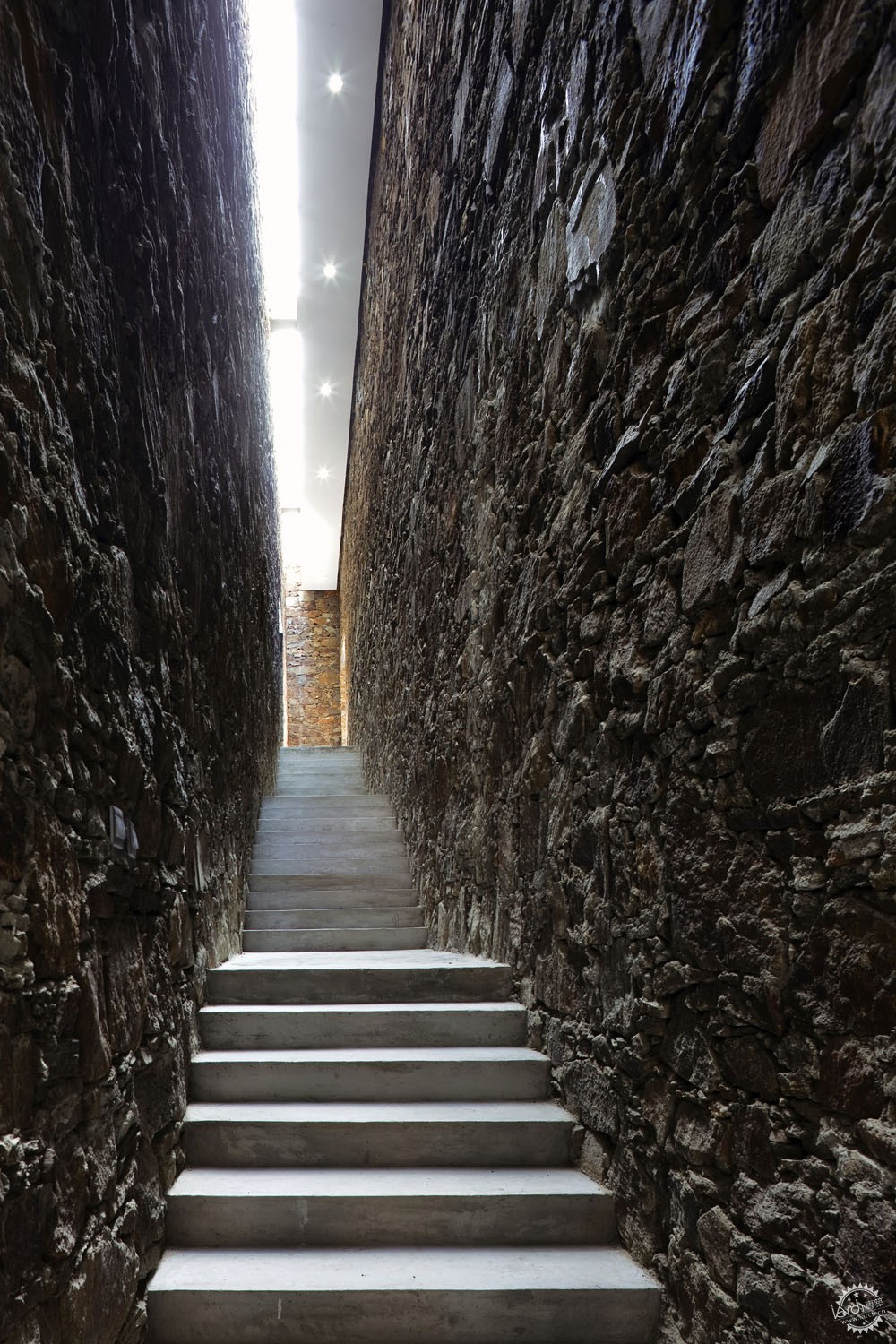
南迦巴瓦接待站|Namchabawa Visitor Centre / ZAO/standardarchitecture. Image © ZAO/standardarchitecture, Chen Su
作者简介:
VLADIMIR BELOGOLOVSKY是纽约非营利Curatorial项目的创始者,他在纽约库伯联盟学院学习建筑,并且著有9本著作,其中包括、《纽约:建筑指南》(2019年)、《名人时代的建筑师对话》(DOM, 2015)、《Harry Seidler: LIFEWORK 》(Rizzoli, 2014)、《苏维埃现代主义:1955-1985》(TATLIN, 2010)。另外还有许多大型展览,即2012年的世界巡回展览“Harry Seidle:绘画建筑”,2017至2018年的“Emilio Ambasz”、2016年起的“Sergei Tchoban”,还有2008年威尼斯建筑双年展俄罗斯展馆的“象棋游戏”。 Belogolovsky还是柏林建筑杂志“SPEECH”的美国记者,在2018年,他是北京清华大学的受邀学者,并且曾经在超过30个国家的高校和博物馆进行演讲。
Belogolovsky的专栏“创意城市”为ArchDaily的读者介绍了他与世界知名建筑师的对话,自2002年起,他采访过超过300位建筑师,而这些密切会谈也是2016年6月悉尼大学展览的主题内容,“创意城市”将会在世界各地举办巡回展览,从而不断地探索设计与理念。
VLADIMIR BELOGOLOVSKY is the founder of the New York-based non-profit Curatorial Project. Trained as an architect at Cooper Union in New York, he has written nine books, including New York: Architectural Guide (DOM, 2019), Conversations with Architects in the Age of Celebrity (DOM, 2015), Harry Seidler: LIFEWORK (Rizzoli, 2014), and Soviet Modernism: 1955-1985 (TATLIN, 2010). Among his numerous exhibitions: world tours of the work of Harry Seidler (since 2012), Emilio Ambasz (2017-18), Sergei Tchoban (since 2016), Colombia: Transformed (American Tour, 2013-15), and Chess Game for Russian Pavilion at the 11th Venice Architecture Biennale (2008). Belogolovsky is the American correspondent for Berlin-based architectural journal SPEECH. In 2018, he was a visiting scholar at Tsinghua University in Beijing. He has lectured at universities and museums in more than 30 countries.
Belogolovsky’s column, City of Ideas, introduces ArchDaily’s readers to his latest conversations with the most innovative international architects. Since 2002, he interviewed over 300 architects. These intimate conversations are featured in the curator’s ongoing site-specific installations made up of voice recordings and thought-provoking quotes.
|
|
